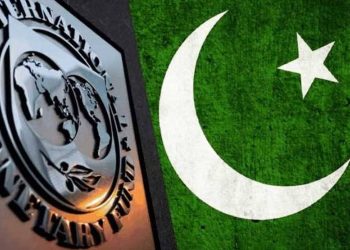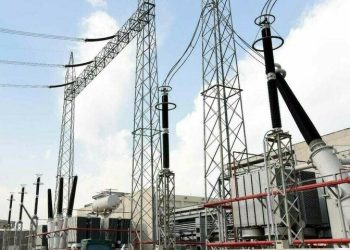The Pakistani rupee kept on improving against the US dollar in the open market, selling at 318 during trade on Wednesday, as the gap with the inter-bank rate shrank further.
According to dealers contacted by Business Recorder, the rupee was quoted at 318 for selling and 315 for buying reasons for consumers in the open market, down Rs7 from Tuesday’s levels of 325 and 322.
During trade, the Exchange Companies Association of Pakistan (ECAP) also quoted values of Rs313 and Rs316.
The rupee remained mostly unchanged in the interbank market, hovering about 307 against the US dollar.
“Market talk suggests the currency may fall below 300 in the open market, and the interbank will follow soon,” a dealer added.
The stop in currency falls in the open market was linked by market experts to Chief of Army Staff (COAS) Asim Munir’s meeting with the business community on Sunday.
The army chief reviewed the government’s economic policies and intentions to combat smuggling and speculative activities during the meeting.
“The appreciation is being driven by the COAS meeting, which discussed issues pertaining to US dollar smuggling,” Fahad Rauf, Head of Research at Ismail Iqbal Securities Limited, explained.
“Customers who have held dollars are now selling them on the open market.” The true issue, however, is an increase in dollar inflows, which is a long-term solution.
“Administrative measures can control the exchange rate in the open market, but controlling it in the inter-bank market would require dollar inflows,” he noted.
Additionally, law enforcement agents were stationed at exchange companies on Tuesday to monitor dollar trading.
Because Pakistan is part of an International Monetary Fund (IMF) programme, the exchange rate differential between inter-bank and open markets – referred to as the premium by the IMF in its country report on Pakistan published after the Stand-By Arrangement was approved by the Executive Board – must be about 1.25%.
Concerns over Pakistan’s rising imports as restrictions ease, a widening current account deficit, and dwindling foreign exchange reserves all put pressure on the rupee.
Concerns over Pakistan’s rising imports as restrictions ease, a widening current account deficit, and decreasing foreign exchange reserves all put pressure on the rupee.






